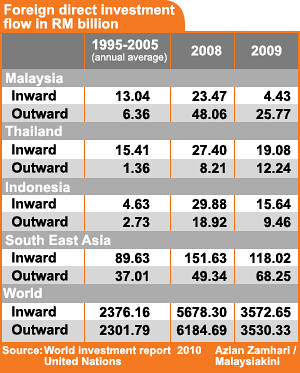The Minister in the Prime Minister’s Department Tan Sri Nor Mohamed is quoted in today’s press as saying that Talent Corporation has been tasked with attracting at least half of the 750,000 Malaysian professionals working overseas to come home as part of its efforts to draw the best brains in the world to Malaysia.
Speaking at the launching of the Public-Private Partnership’s website www.3pu.gov.my, he said seeking out the Malaysian diaspora for the top brains was necessary as the Government aimed to hit the target of RM115 billion per year in local and foreign investments to turn the country into a developed nation by 2020.
It is shocking that Nor Mohamed could come out with such an unrealistic and “tall order” not only because of the dismal failure of previous government “brain gain” policies but in the light of recent events when the unchecked escalation of the rhetoric of race and religion would have the effect of giving a major push to greater brain-drain from the country instead of pulling back talents from the Malaysian diaspora to return to serve the country.
It is time that the Prime Minister, Datuk Seri Najib Razak and his Ministers wake up and realize that the twin crisis of human talents and investments confronting the country are more than a matter of economics.
Continue reading “When will Najib and his Ministers wake up and realize that the twin crisis of human talents and investments confronting the country are more than a matter of economics?”

